The bridge and tunnel between Sweden and
Denmark. I see it from my living room and I drive it most days from my home in Malmö Sweden to my work at Maersk HQ in Copenhagen, Denmark.
For me the bridge is more than a conncetion between Sweden & Denmark. It is the way to world.
On the other side of the bridge is Copenhagen Kastrup Airport, the closest International Airport for us living in the South of Sweden. This is where adventure starts.
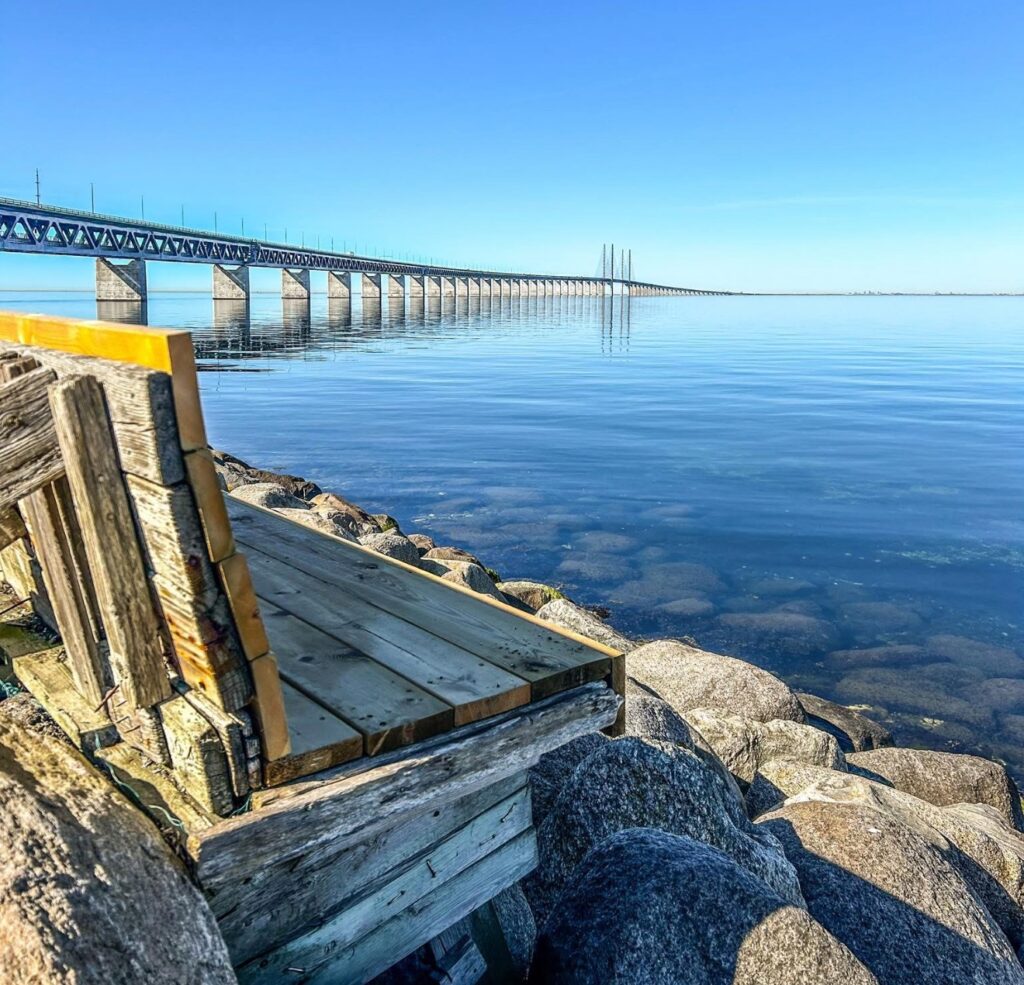
Travel is an opportunity to read the world. On each page, you might find a new, taste, flavour, scent, vision or sound that will make your world a richer place. On each page, you might meet new people, form new relationships, find and discover new languages. Of course, we enjoy some ‘pages’ more than others – but even the parts we don’t enjoy at the time experienced may have a profound effect on you later in life.
This bridge means connection of worlds. As Saint Augustine once said, ’The world is a book, and those who do not travel read only one page’.
In the time we live in we need interconnection between people more than ever.
This is the latest summary on the current global tariff crises.
Following the United States announcenent of the new reciprocal tariff scheme there will mainly be a baseline 10% tariff on everything from everywhere. This applies for all goods loaded on vessels from April 5.
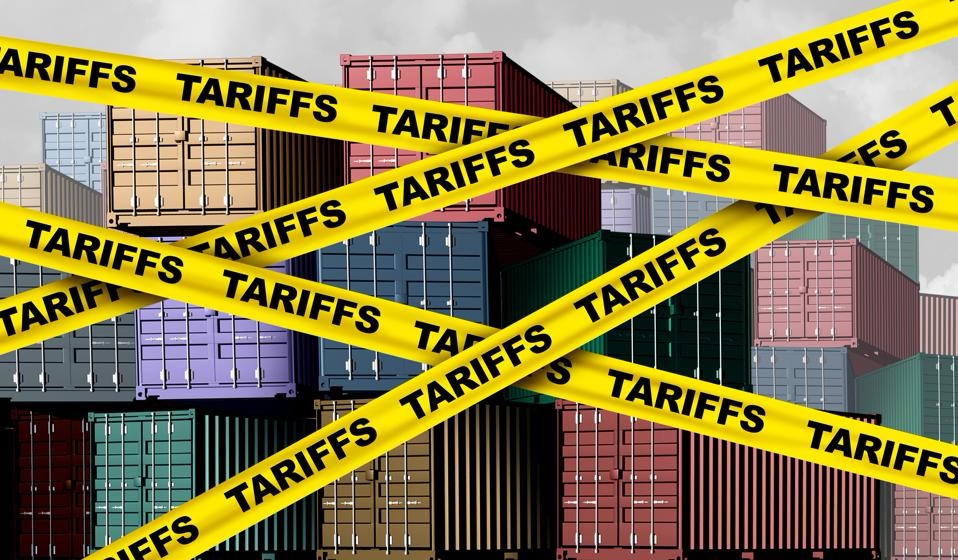
Then there are higher levels on select countries which applies from April 9. This includes for example:
20% on EU
24% on Japan
26% on South Korea
27% on India
30% on Pakistan
32% on Taiwan
37% on Thailand
37% on Bangladesh
34% on China including Hong Kong and Macau
46% on Vietnam
49% on Cambodia
These are in addition to already existing tariffs, effectively raising the tariffs on for example China to 54%.
Canada and Mexico remain solely subject to the previously announced 25% tariff, except goods exempted in the USMCA trade agreement.
Note that the UK does not have reciprocal tariffs, and hence only subject to the baseline 10% new tariff.
The listed tariffs only apply to the non-US content of the goods imported if at least 20% of the value of the goods is originating in the US. This is likely to dramatically increase workload for shippers scrambling to demonstrate US content value to reduce tariffs – and for customs to verify such claims.
There are some exceptions from the above to specific goods such as for example steel and aluminum and autos which are already subject to previously annouced tariffs. Exempted commodities also include a range of pharmaceutical products and semiconductors. The comments also have a link to the list of exempted commodities.
The de minimis exemption in the US where shipments with a value less than 800 USD were duty-free is now set to expire on May 2. Instead such small shipments will face either 30% of their value or 25 USD – increasing to 50 USD per item from June 1. Each transportation provider can choose whether the % or USD method applies, but must use same method for all their shipments. They can change method once per month.
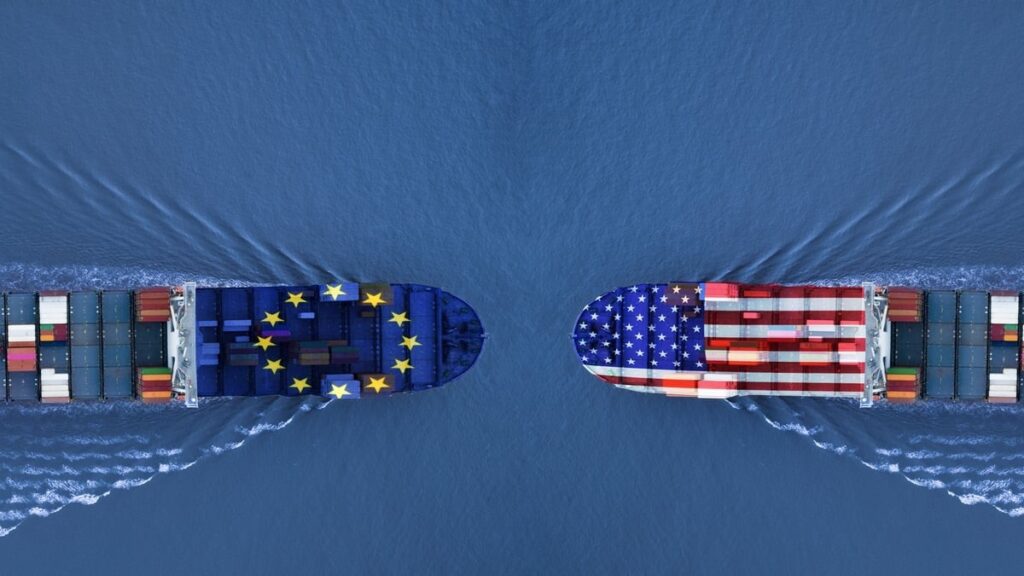
According to the executive order on de minimis, US customs handle 4 million such small shipments per day.
The executive order also states that if any trading partner retaliates, then the tariff levels might be further increased.
What will the reply be from other countries? China has announced that it will impose reciprocal 34% tariffs on all imports from the United States from April 10. EU has a reciprocal tariff plan for US ready to be launched on April 14 depending on how inital negotiations will play out. While the China retaliation scheme is general, the EU tariff reply will be more surgical on specific products and brands. Canada has already announced new countermeasures to protect Canadian workers and businesses and defend Canada’s economy. These countermeasures include:
- Twenty-five per cent tariffs on non-CUSMA compliant fully assembled vehicles imported into Canada from the United States.
- Twenty-five per cent tariffs on non-Canadian and non-Mexican content of CUSMA compliant fully assembled vehicles imported into Canada from the United States.
This is a summary made of recent reactions from various countries.
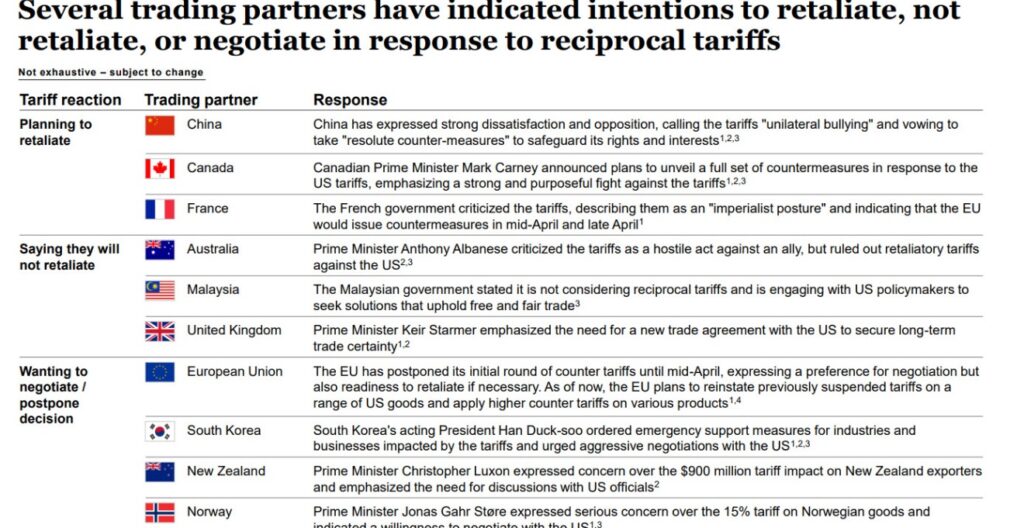
There will also be hybrid reactions where negotitations starts while the retaliatiln packages still will be announced to play a role in the discussions. Some of the higher tarriff rates will likely be reduced after negotiations, but every company involved in international trade should assume that there will be increased tariffs for the time period to come.
It is time to develop new tariff strategies. More to follow during next week.
With tariffs coming, getting the border right has never been more important. Our finding: there’s a long way to go.
My colleague and friend Chris Salmon and his team at ClearBorder are launch their new State of the Border report tomorrow.

A concerning trend emerges in our upcoming State of the Border Report: 61% of UK exporters faced border delays, a stark 20% rise from 2023.
”61% of UK exporters faced border delays”
What are the key drivers behind this increase?

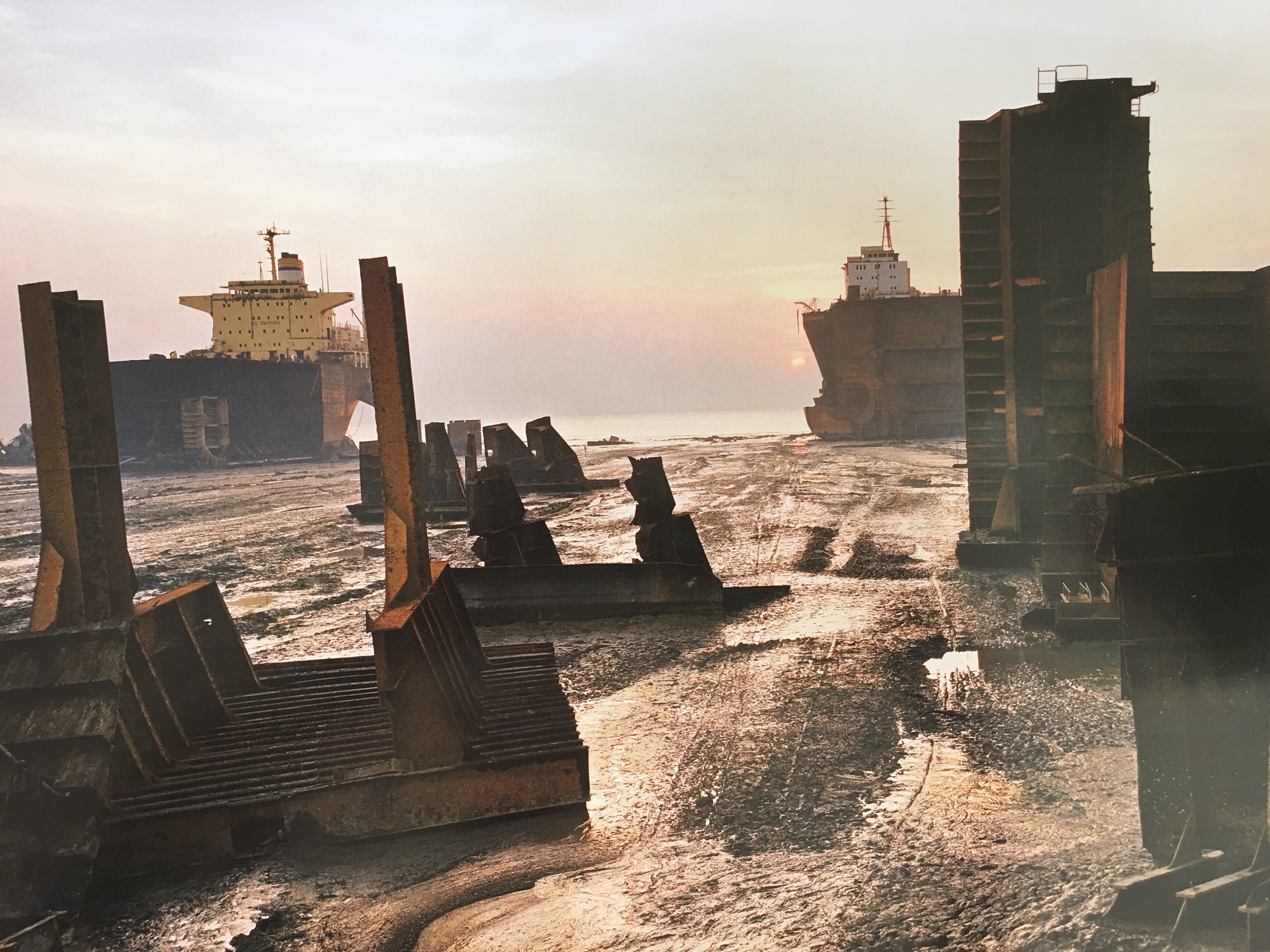
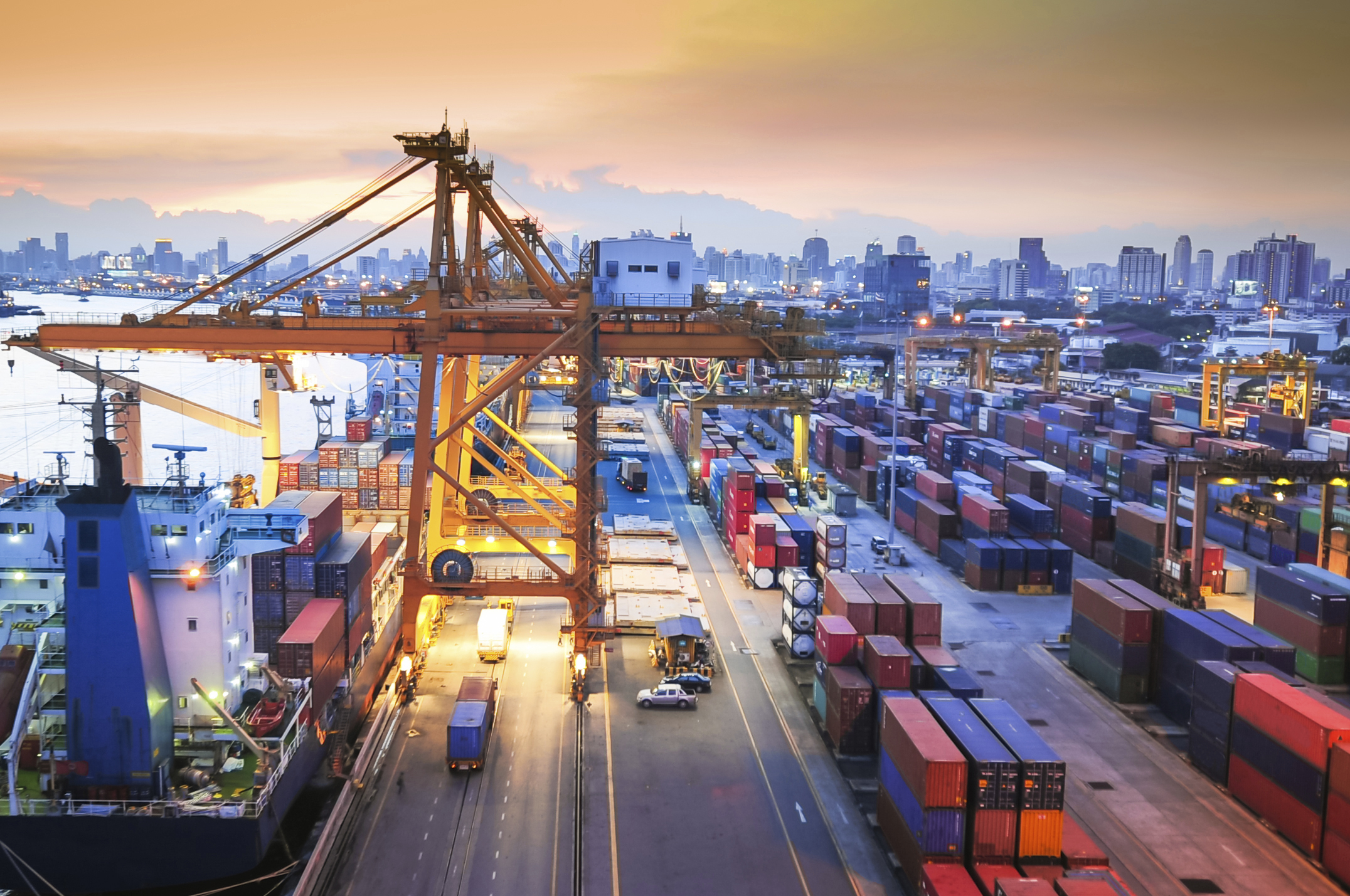

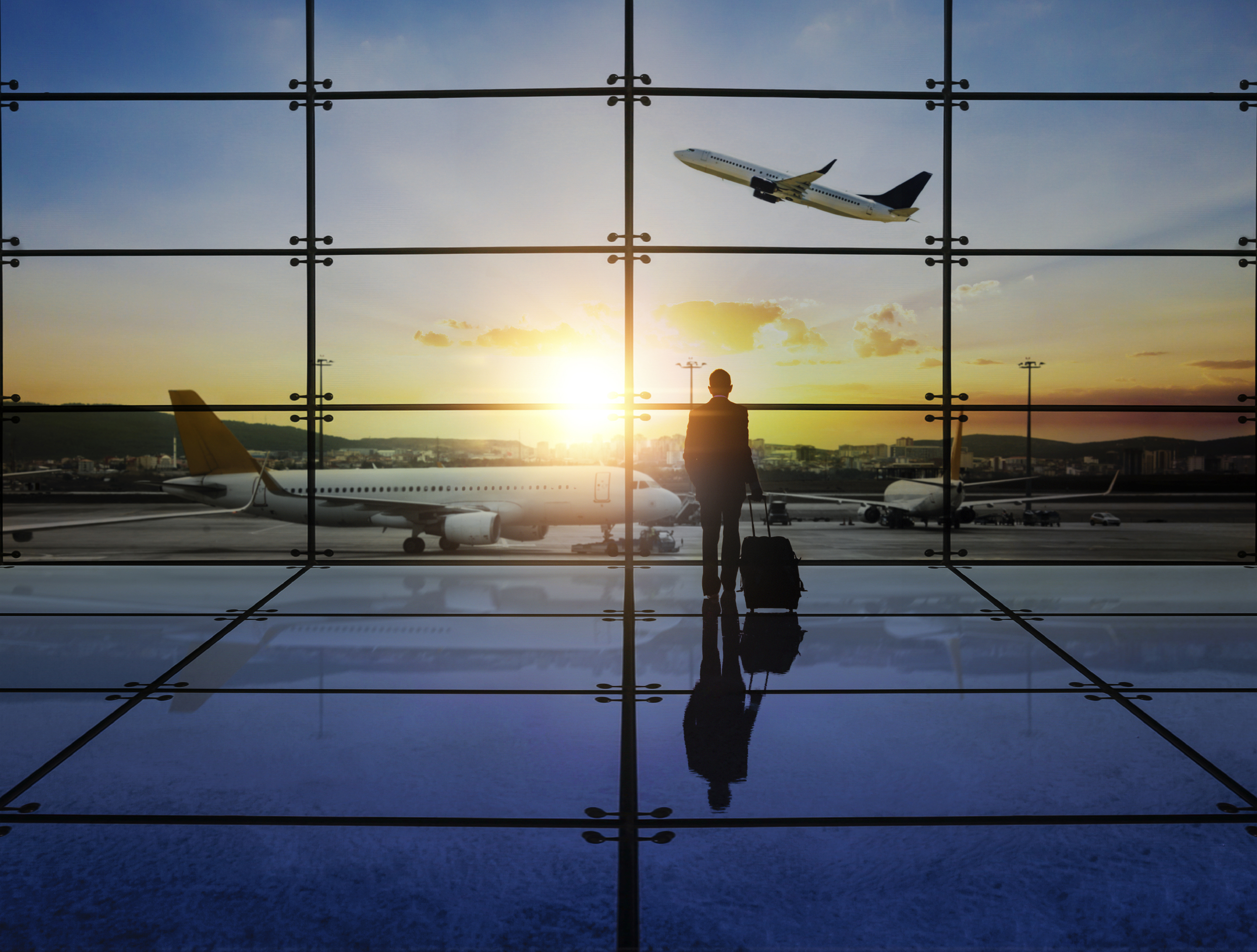

You must be logged in to post a comment.